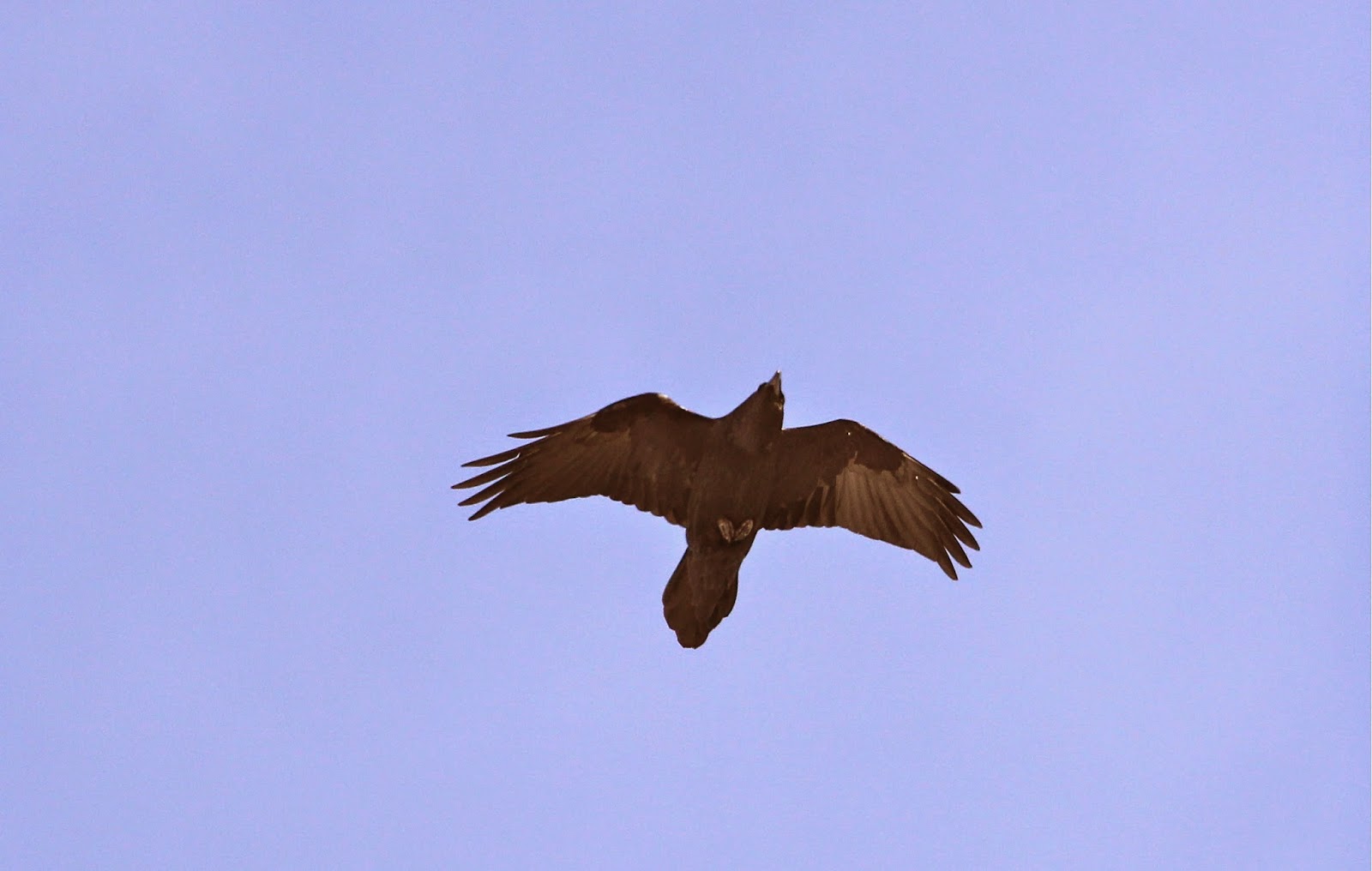Another year of the RSPB’s internal competition to
find the best passage wader site, The Golden Wellies, has come to a conclusion. There
are both league and knockout elements to the competition to test good wetland
management throughout the year. Monthly counts of waders are recorded;
they have to be ‘feet down’ on a managed fresh/brackish scrape or flood (not
tidal).
The Premier League champions are, yet again, Frampton
Marsh (photo top). Frampton recorded 33 species, just ahead of Minsmere (31), Deane Valley
(29) and Dungeness (29). The highlights of Frampton’s year included
Lesser Yellowlegs, Dotterel, White-rumped Sandpiper (photo above), as well as 4 Pectoral
Sandpipers, 6 Temminck’s Stints and both Red-necked and Grey Phalarope. Frampton had an average monthly peak of 5,018
waders of 25.6 species, compared to Minsmere’s 481 waders of 23.4 species.
Snettisham records the most waders monthly – an average peak of 33,000 birds,
but only averaging 14 species a month.
Middleton Lakes had a storming year, topping The
Championship with 29 species (including Pacific Golden Plover, Pec Sandp and
Temminck’s Stint) and winning the ‘most improved site’ prize. They
are promoted to the Premier League along with Blacktoft (29) and Saltholme
(28). Langford Lowfields (22), Ynys-hir
(20) and The Reef (18) were promoted from League One. Middleton Lakes and Dearne (Old Moor) again
demonstrate that well managed inland sites can compete with coastal sites in terms
of wader diversity and numbers.
In all, 43 species of wader were recorded during
the year, with a peak monthly count across all sites of 106,021 birds being
recorded in September. Monthly peak counts included 10,682 Black-tailed
Godwits and 481 Whimbrel in April, 14 Black-winged Stilts in May, 288
Greenshank in July, 125 Curlew Sandpipers and 98 Little Stints in August, and
14 Pec Sands and 38 Jack Snipe in September.
The Premier League and Championship
finished like this:
The Premier
League
The
Championship
1.
Frampton Marsh 33 species 1. Middleton Lakes
29
2.
Minsmere
31 2. Blacktoft
29
3.
Dearne Valley 29
3. Saltholme 28
4. Dungeness 29 4. Arne 27
5. Old Hall Marshes 28 5. Leighton Moss 25
6. Exe Estuary
27 6. Snettisham
23
7. Aire Valley 27 7. Mid-Yare
22
8. Burton Mere 27 8. Loch of Strathbeg 22
9. Havergate
26 9. Campfield 21
10. Rainham Marsh
26 10. Otmoor
21
11. South Essex 25 11. Ham Wall
20
12. Weymouth Res 24 12. Stour
Estuary 18
13. Ouse
Washes 24 13. Belfast Lough 15
14. Conwy
22 14. Fen Drayton 15
15. Ouse Fen 22 15. Pulborough Brooks 14
16. Titchwell 22


